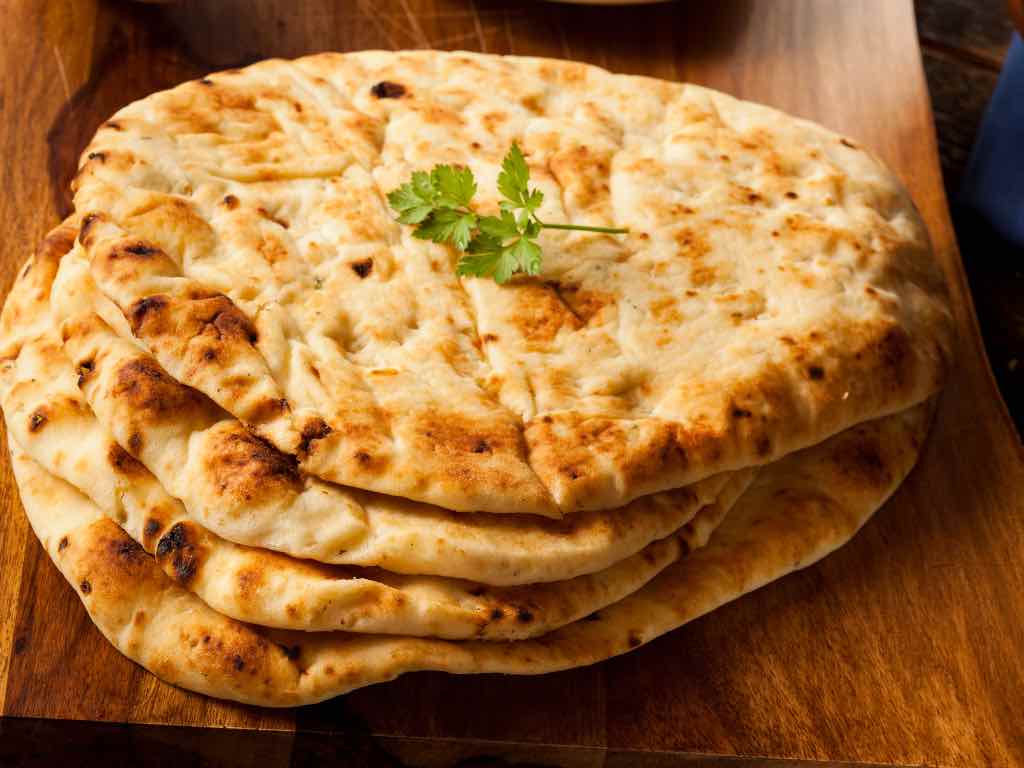
Kulcha vs Naan: Unraveling the Culinary Tale of Two Indian Breads
|
|
Time to read 4 min
Welcome to One Stop Halal!
Written by: Najma A.
|
|
Time to read 4 min
Indian cuisine, renowned for its diverse and aromatic flavors, is a tapestry of regional specialties that reflect the country's rich cultural heritage. Among the many culinary delights, bread holds a special place, with two contenders, Kulcha vs Naan, often stealing the spotlight. In this culinary exploration, we delve into the world of these two iconic Indian breads, uncovering their histories, unique characteristics, and the debates that continue to swirl around their cultural significance.
Welcome to the Home of the Halal Chicken Cuts. We carry various chicken cuts that are hard to find elsewhere. We deliver to your doorstep anywhere in the United States within 1-2 business days.
Ultimately, the Kulcha vs Naan debate is not about determining a winner; it's about celebrating the diversity of Indian cuisine. Each bread has its unique characteristics, reflecting different regions' culinary traditions and preferences. Whether you find comfort in Kulcha's simplicity or revel in Naan's complexity, both pieces of bread have earned their place at the heart of Indian gastronomy. So, the next time you savor a piece of Kulcha or Naan, remember that you're not just enjoying bread; you're experiencing a slice of India's rich culinary tapestry.

© 2025 One Stop Halal, Inc.